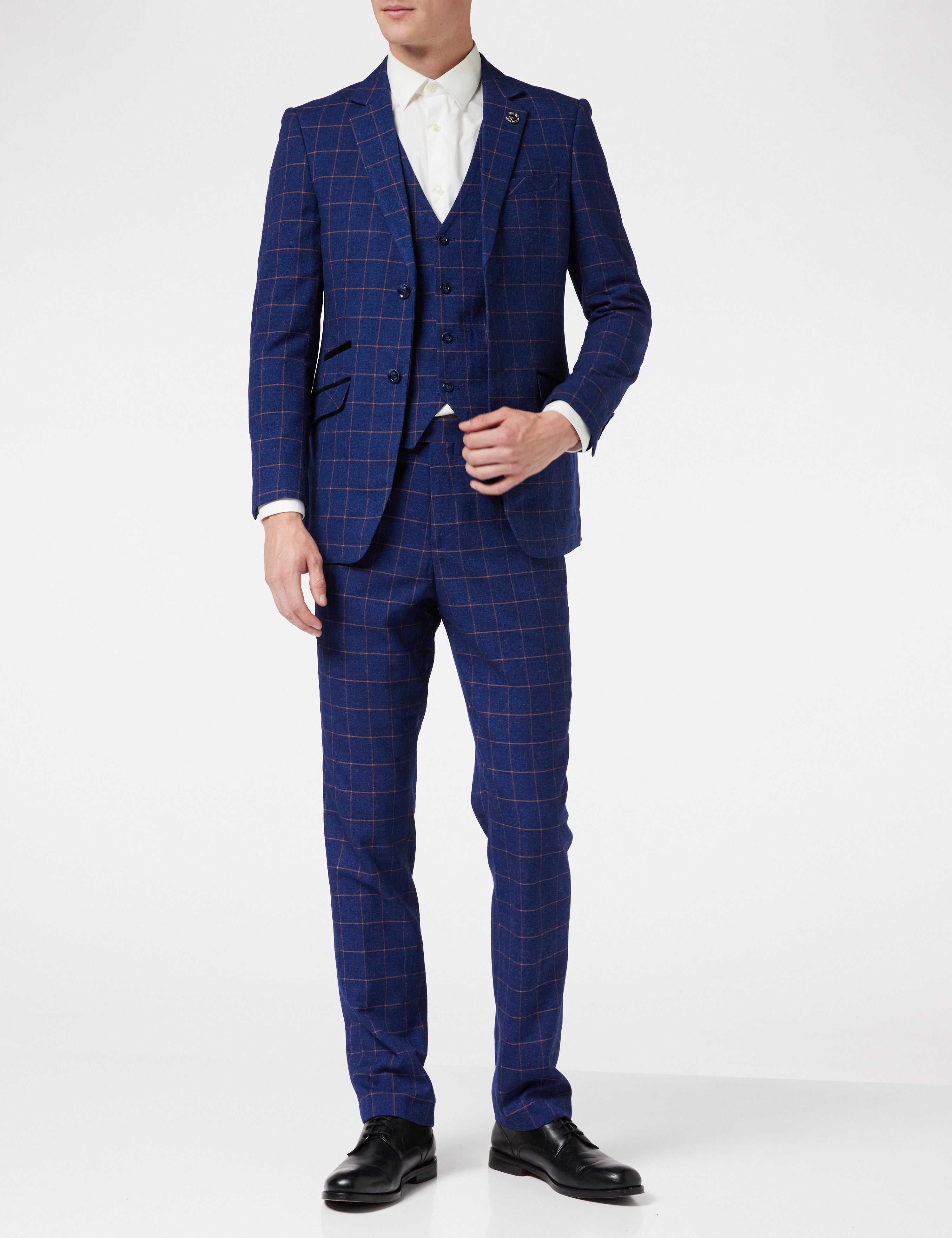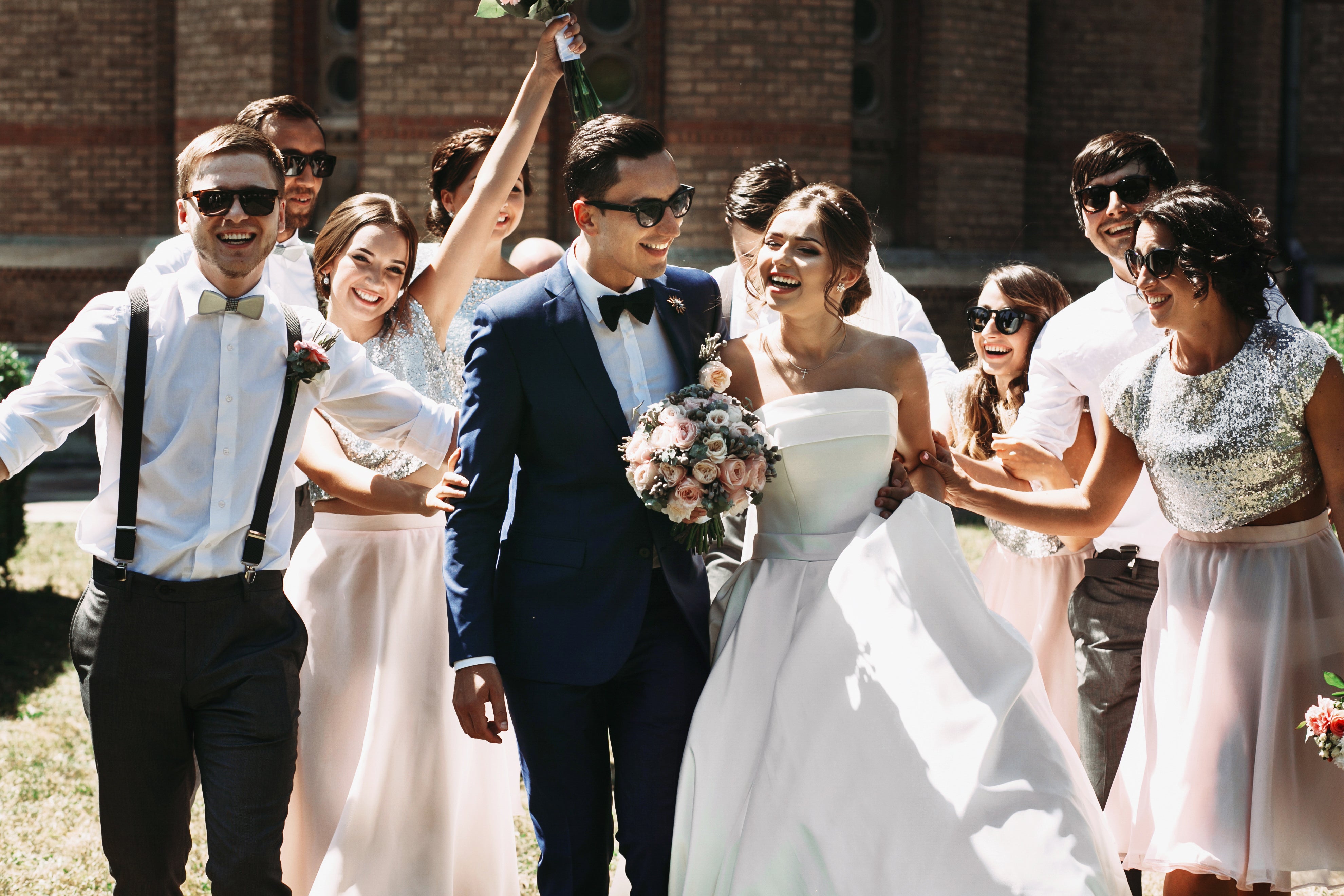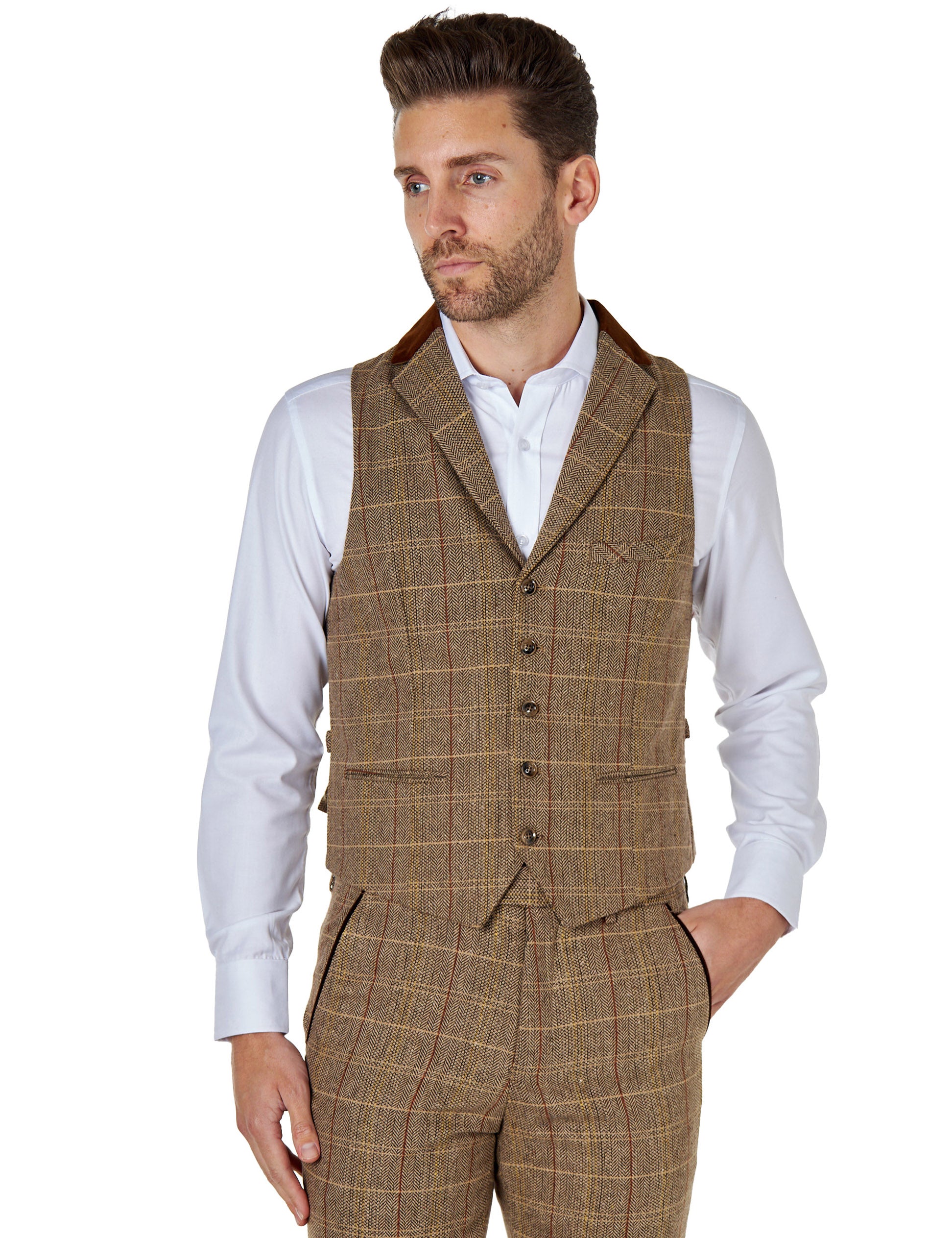What to wear when attending a funeral
In many ways, dressing for a funeral is easier than for other events like weddings or interviews. That’s because there’s a generally accepted protocol for these sombre events that actively discourages showing flair, personality or ambition. Given that brief, you can instantly rule out your more extravagant and colourful numbers.
But what should you wear? Let’s start by looking at what’s expected of you at the average funeral. Then we’ll move on to the variables and options.
Funeral dress – the basics
For generations, the guide to funeral dress has been pretty simple – wear black. For men, that is usually interpreted as a black suit, white shirt, plain black tie and black leather or suede dress shoes. It doesn’t really matter if it’s a three-piece or a two-piece suit, single- or double-breasted.
If you don’t have a black suit (and some men don’t wear one because it can be considered funereal), any dark colour should suffice – dark grey or muted blue would be preferable. The whole point is that you don’t stand out. A funeral is not a fashion show – it’s a mark of respect not only to the deceased person, but also to the loved ones who are left behind. Dressing in the “accepted” way shows that you’re just one of the congregation, and that’s the most respectful thing you can do.
So, in the absence of any other expressed wishes, you’ll never go wrong in a black suit and black tie, or at least a dark suit.
What’s the location?
Funerals tend to have two or three locations. There’s always a ceremony of some sort, which may or may not be religious. That usually takes place in a church or other religious location, or in a dedicated funeral building, such as a crematorium.
Next, there’s the committal, which tends to be a cremation or a burial, although there are other options nowadays. A burial will happen outdoors, while a cremation takes place in the crematorium. Often, the ceremony and the cremation happen in the same place, but that’s not always the case. For the ceremony and the committal, you’ll leave your full funeral suit on.
Finally, there’s a wake, which tends to happen at a pub, restaurant, club or other such building. This is where you can start to relax and have a nibble and a drink. Similarly, you can relax your dress somewhat. Loosen or remove your tie, and take off your jacket or waistcoat if you want. It’s a time for meeting and consoling, so being over-formal can end up feeling cold and distant.
The season
The time of year will matter, as you don’t want to be sweating or shivering at the ceremony, especially if it’s an outdoor burial. It’s worth planning your clothing ahead, as it’s good to layer for cold weather (e.g. wear a vest, waistcoat and overcoat), or wear the minimum if it’s hot (e.g. a light suit, shirt and tie, with nothing else). Of course, in Britain, the weather isn’t so predictable, so be prepared. A black umbrella will be fine, but try not to take your enormous golf brolly, or one festooned with corporate branding.
Check the weather reports before you go. You might be stuck in your clothes for three or four hours, so make sure you choose clothes that are comfortable.
The deceased’s or family’s wishes
While the dark suit and black tie are the default funeral option, there are exceptions. If the deceased has expressed a wish for their funeral dress code, it’s good manners to honour it. Sometimes, the family might choose something that’s particularly meaningful to them.
There can be no guidelines here, as the request could be literally anything. It could be something relatively straightforward, such as wearing white or a colour, but some people can go a little crazy, asking people to dress in biker gear, a football shirt or something else that’s relevant. Most families wouldn’t expect guests to spend a fortune on their outfit, but at least make a token effort, such as an appropriate tie or accessory.
Accessories
Accessories with a suit are all about individuality and personality, so they might not be too appropriate in the context of a funeral. That’s not to say you should go completely without, however. A neat, subdued pocket square would be perfectly acceptable, as would a watch and some basic jewellery.
Religious considerations
Many Asian traditions see white as a funereal colour rather than black. And certain sects of Buddhism, Sikhism and Hinduism expect guests at the funeral to wear bright colours – it’s a celebration of the journey to the afterlife. If the deceased and their family identify with a particular religious persuasion, it is worth having a conversation with the mourners about what is expected, if you’re not a follower yourself.
No suit?
If you don’t own a suit at all, but want to pay your respects, you still have options. Try wearing your darkest clothing, whether it’s a shirt, jacket, jumper or long-sleeve T-shirt, with dark trousers and black shoes or trainers. Ask around friends and family to see if anyone has a suit you could borrow, or perhaps consider hiring a suit for the occasion. In most cases, as long as you’re respectful and you’ve taken the trouble to show up, the clothes you’re wearing won’t matter, especially if the people know you well.
Formality is ever-changing
As we round off, it’s worth mentioning that in general, levels of formality are declining, whether that’s in the workplace, at weddings or indeed at funerals. What would have been unacceptable 20 years ago might be considered normal.
It’s fair to say that funerals are the last hold-out when it comes to expectations of formality, but that’s likely to change as people live more secular lives. For the time being, the black suit and tie remains the go-to outfit for men attending a funeral. But with more themed funerals and decreasing formality, you should pay attention to the specific requests of those hosting the event, so you don’t look out of place.









